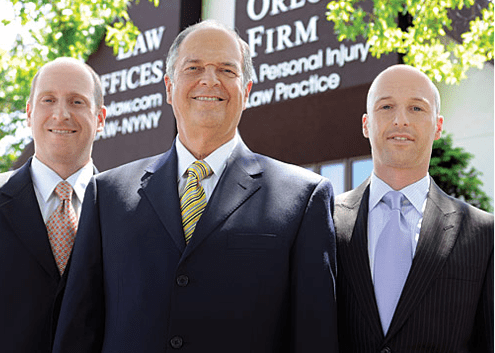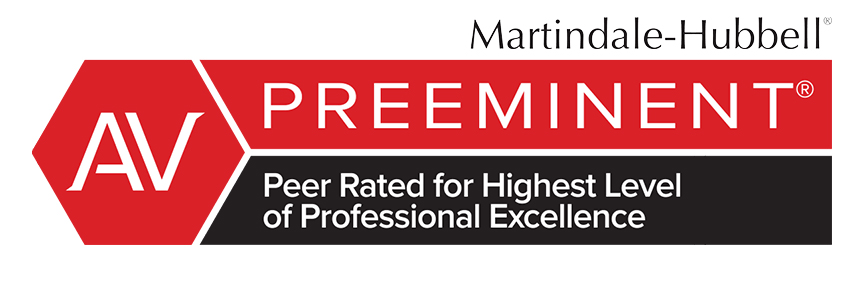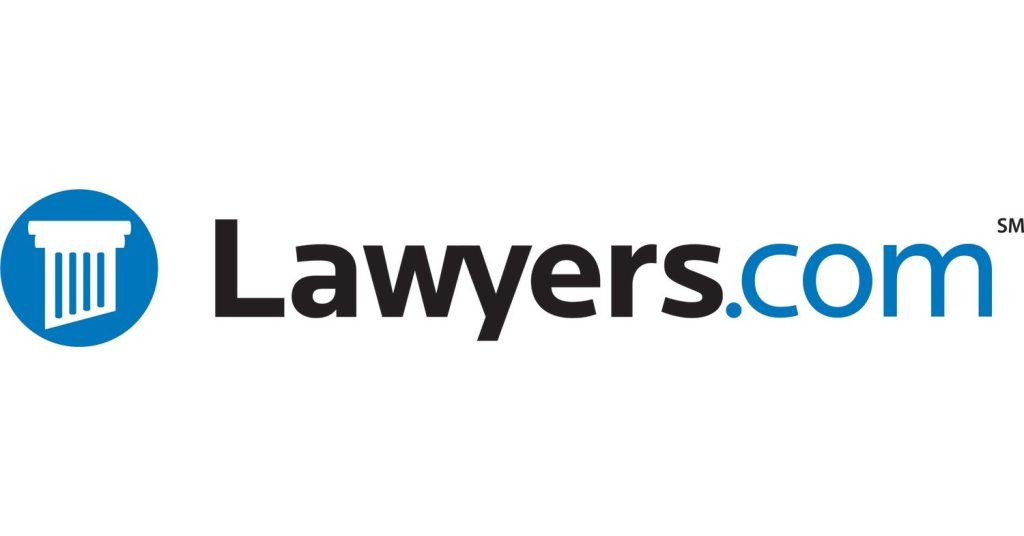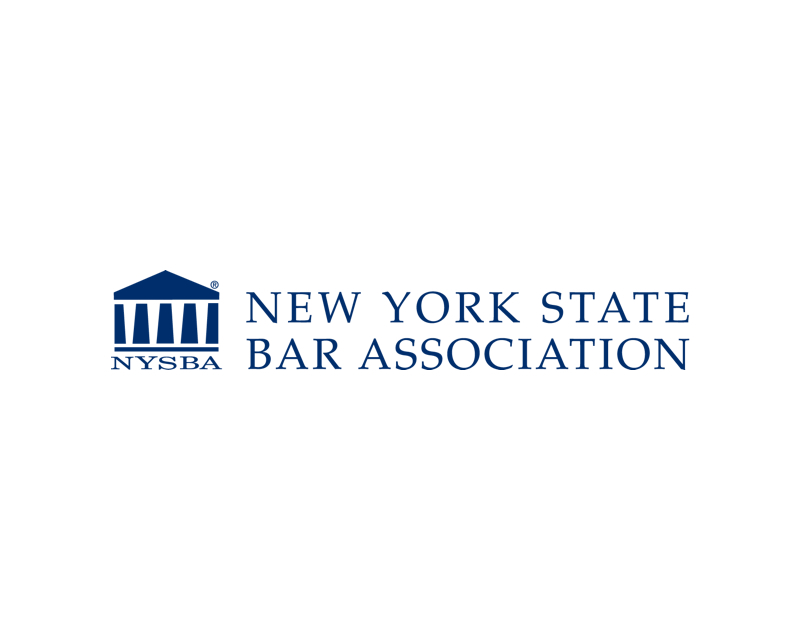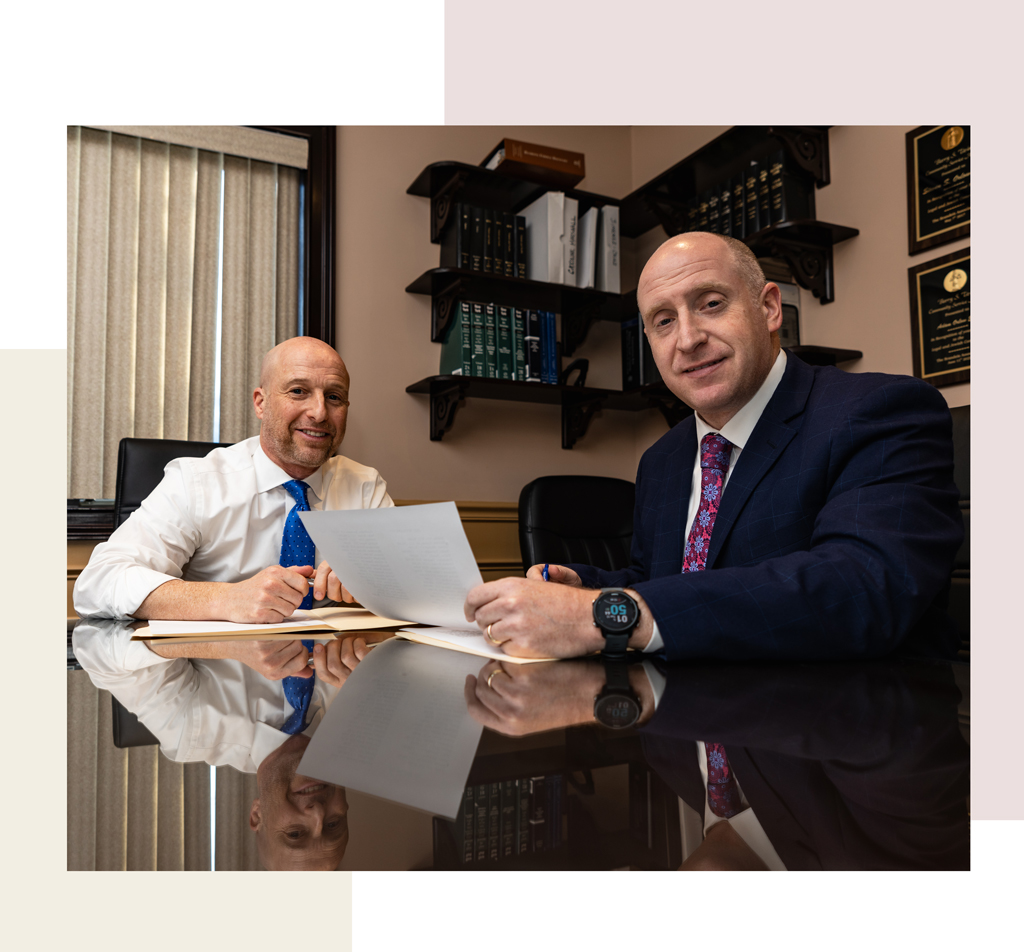How to Write a Settlement Demand Letter
How to Write a Settlement Demand Letter Quick Answer: When writing a settlement demand letter in New York City, clearly outline the facts of your case, detail your injuries and damages, and specify the compensation you seek. Include supporting documentation and maintain a professional, concise tone throughout. What Is a

